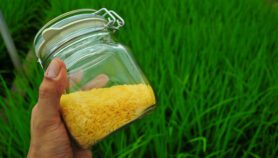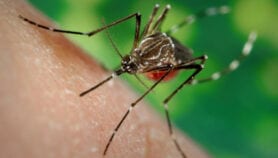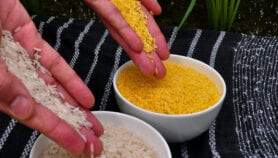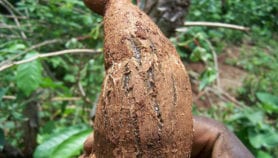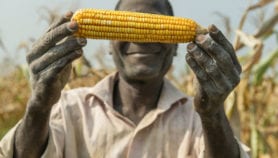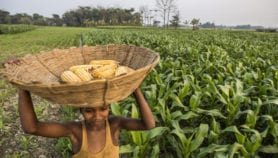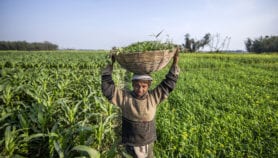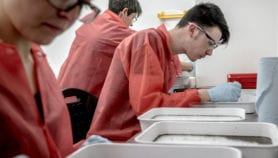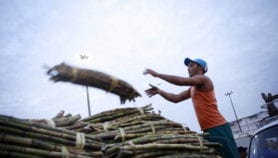By: Wagdy Sawahel
Send to a friend
The details you provide on this page will not be used to send unsolicited email, and will not be sold to a 3rd party. See privacy policy.
A combination of genetic modification and traditional plant grafting techniques can help watermelon crops resist a potent plant virus without introducing foreign genes into the fruit, say researchers.
The method could be applied to other crops, such as cucumber and melon, which the virus can also damage.
Instead of genetically modifying an entire watermelon plant, the team of Korean biotechnologists modified only the ‘rootstock’, a kind of underground stem, to which seedlings of commercial watermelon varieties are grafted. This produced fruit that contained no foreign genes, avoiding some of the often-controversial issues relating to genetically modified crops.
The findings were published online in Plant Cell Reports on 15 June.
Seedlings of commercial watermelon species tend to be grafted to hardier, wild watermelon rootstocks that are better able to resist infection.
But even robust rootstock is vulnerable to a virus found in soil, called the ‘cucumber green mottle mosaic virus’. The virus causes the plant’s leaves to turn yellow and makes the fruit rot.
The researchers say that because genes conferring resistance to the virus do not exist in nature, traditional plant breeding cannot solve the problem.
To create a resistant plant, they inserted a viral gene into watermelon rootstock.
One in ten of the modified rootstocks were resistant to infection.
The researchers say that it is unclear how the inserted viral gene protects the watermelon. One potential mechanism is ‘gene silencing’, in which the production of a viral protein in the modified plant stops it being made in the virus. As a result, the virus cannot reproduce.
Fernan Lambein, of the Institute for Plant Biotechnology for Developing Countries in Belgium, told SciDev.Net that the study supports the use of grafting to grow plants that are susceptible to this type of infection.
Lambein added that although grafting is time-consuming and requires substantial technical experience, developing countries such as Brazil, China, Egypt and Mexico must give the technique more attention if they are to keep their position in the international watermelon market.
He also said the technique is economical for poor farmers in developing countries as they do not have to buy chemicals to kill the virus, an expense that can be as high as US$875 per hectare. In addition, the technique uses less fertiliser, increases yield and produces high-quality fruit.
Lambein said small-scale farmers who are unable to graft their own seedlings could use pre-grafted seedlings.
Reference: Plant Cell Reports doi:10.1007/s00299-005-0946-8



